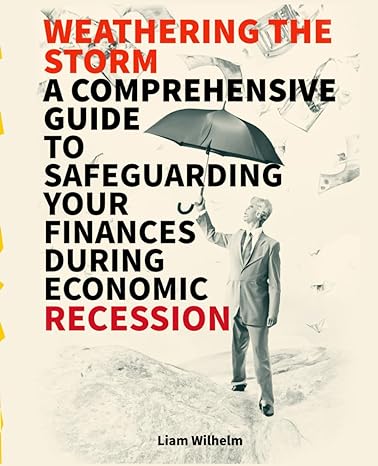Question
1a. Foley Systems is considering a new investment whose data are shown below. The equipment would be depreciated on a straight-line basis over the projects
1a. Foley Systems is considering a new investment whose data are shown below. The equipment would be depreciated on a straight-line basis over the projects 3-year life, would have a zero-salvage value, and would require some additional working capital that would be recovered at the end of the projects life. Revenues and other operating costs are expected to be constant over the projects life.
What is the projects NPV? (Hint: Cash flows are constant in Years 1 to 3.)
WACC 10.0%
Net investment in fixed assets (basis) $75,000
Required new working capital $15,000
Straight-line deprec. rate 33.333%
Sales revenues, each year $75,000
Operating costs (excl. deprec.), each year $25,000
Tax rate 35.0%
1b. NBM has $2 million of extra cash. It has two choices to make use of the cash. One alternative is to invest the cash in financial assets. The resulted investment income will be paid out as a special dividend at the end of three years. In this case, the firm can invest in Treasury bills yielding 7%, or an 11% preferred stock. The tax law says only 30% of the dividend from the preferred stock investment would be subject to the corporate income tax. Another alternative is to pay out the cash as dividends and let the shareholders invest on their own in T-bills with the same yield. The corporate tax rate is 35%, and the individual tax rate is 31%. Should the cash be paid today or in three years? Which of the two options generates the highest after-tax income for shareholders?
1c. XYZ Corporation is planning to raise an additional $30 million in capital, either via 240,000 shares of common stock at $125 per share net proceeds, or via 300,000 shares of 9% percent preferred stock. Current earnings are $12.50 per share on one million shares outstanding. $2,500,000 is paid annually on existing debt, and dividends on existing preferred stock amount to $1,500,000 per year. The current market price of common stock is $140 per share. The firm has a dividend policy of paying $8 per share on common stock which it intends to keep. Assume a tax rate of 46%.
- What is the least amount of incremental earnings from the planned expansion required to meet the incremental cost of capital from either source?
- What is the breakeven EBIT for both sources of capital?
Step by Step Solution
There are 3 Steps involved in it
Step: 1

Get Instant Access to Expert-Tailored Solutions
See step-by-step solutions with expert insights and AI powered tools for academic success
Step: 2

Step: 3

Ace Your Homework with AI
Get the answers you need in no time with our AI-driven, step-by-step assistance
Get Started


